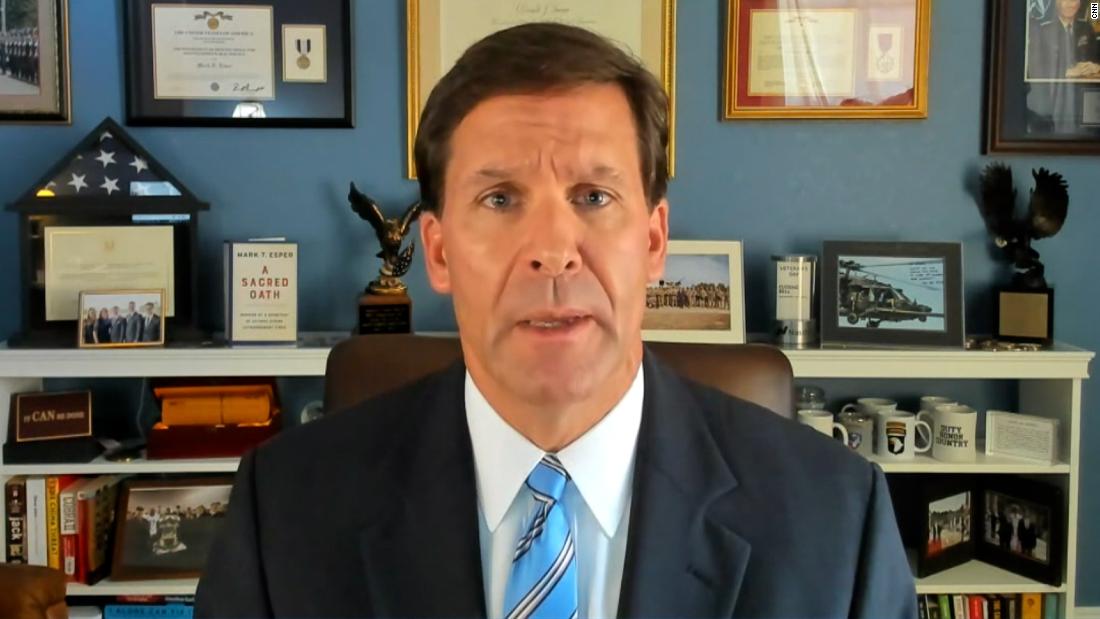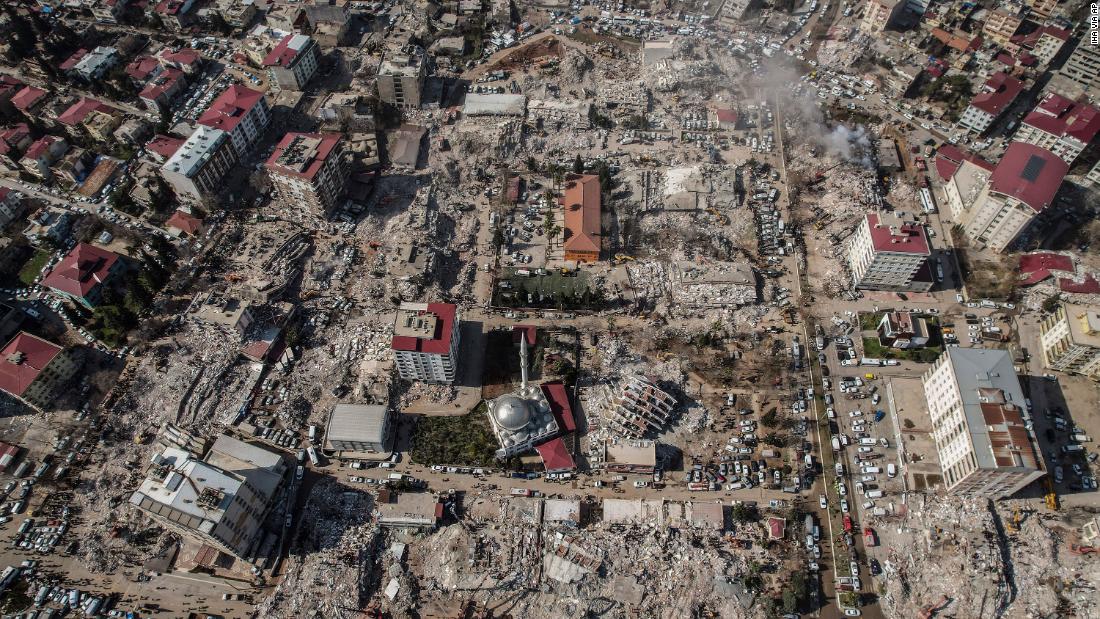Study Calls for Police Leaders to Show ‘Empathy’ for Cop Shooting Victims
Senior law enforcement officials should be trained in using their public statements to show empathy for victims of police use-of-force incidents, as an important tool for reducing the tensions and anger that otherwise lead to violent protests, says a study published in the Journal of Language and Social Psychology.

Immediately after a police shooting, sides harden in predictable ways. Members of the community and victim’s family demand accountability. Cops form a protective shield around the officer, whether or not they support his or her actions.
But some of the inevitable anger on both sides could be mollified if law enforcement leaders expressed some sympathy—even empathy—for the victim and their family, regardless of the facts of the case, says a study in the Journal of Language and Social Psychology.
“Research in other settings shows that expressions of empathy and sympathy can be important mechanisms for acknowledging harms and reducing intergroup tensions,” write study authors Edward R. McGuire, of Arizona State University, and Harold Giles of the University of California at Santa Barbara.
The authors say training senior law enforcement officials in using their public statements to show empathy for victims of police use-of-force incidents could be an important tool for reducing the tensions that otherwise lead to violent protests, says a study in the Journal of Language and Social Psychology.
The study, which examined 30 specific instances in which police killed unarmed African-Americans in 2020, found that just over half the officials in those jurisdictions provided written acknowledgements of the incident, and in only eight cases (26.7 percent) did the statement express any sympathy for the victims or their families.
In just six cases (20 percent) officials reached out to share the community’s sense of loss or shock.
However, different types of officials vary greatly in the extent to which their public statements express empathy or sympathy after police officers kill unarmed African Americans.
Police union leaders, who see it as their duty to protect the interests of police officers in even the most egregious circumstances, issued written or verbal public statements within two weeks of the incident in only nine of the 30 cases and expressed sympathy or empathy in only two.
For police chiefs and sheriffs, who must satisfy both internal demands from their workforce and external demands from the various constituencies the organization serves, expressing too much empathy or sympathy for the victim or the African American community as a whole can place them in conflict with their own officers, who may see them as as out of touch with the rank and file, or unsupportive, the study acknowledged.
On the flip side, a statement that is perceived as leaning too far on the side of the police by the community can paint them as insensitive to their needs.
The study suggests that working efforts by police leaders to adopt empathic communication strategies could benefit from including police unions as part of the change effort.
This will help to ensure that police organizations are not “speaking out of both sides of their mouth,” with police leaders releasing statements containing empathetic or sympathetic language, and police unions remaining silent or issuing contradictory statements, the authors said.
Because communication and language dynamics play a powerful role in shaping the relationships between criminal justice agencies and the public, criminal justice officials must respond in a “more sensitive and appropriate manner” to these critical incidents and learn to speak (or write) in a manner that conveys empathy and/or sympathy, the study said.
The full paper is available for purchase only. The link can be accessed here.
This summary was prepared by TCR Deputy Editor Isidoro Rodriguez.

 Landwebs
Landwebs 
























